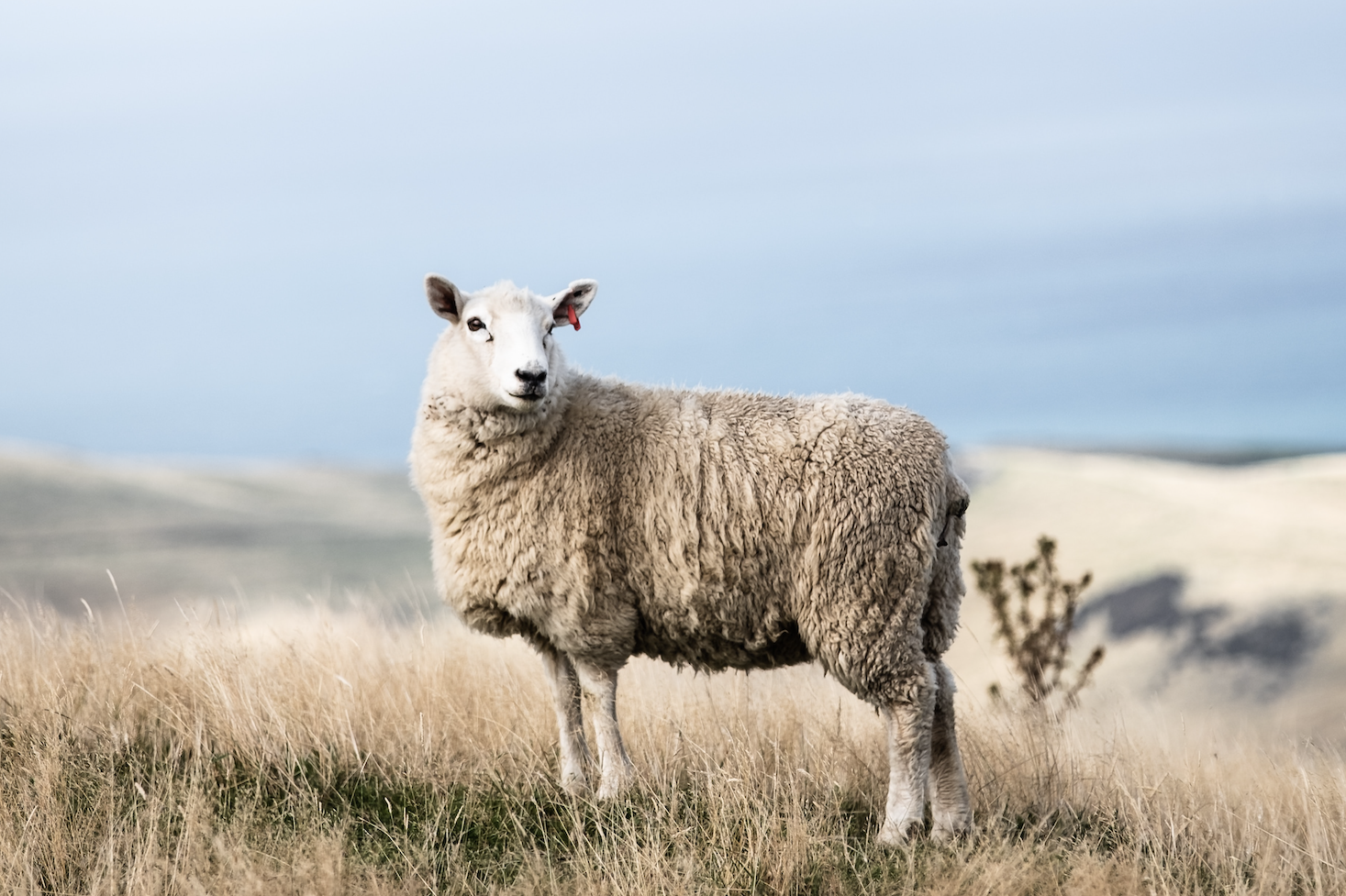Worms: Follow the sheep
Practices that dramatically lower ingested worm numbers in cattle are vital if the reliance on drench is to be reduced. The rapid rise in triple drench resistance in the national sheep flock is a warning. Anne Lee reports.

Dairy farmers, dairy support and dairy beef rearers should be taking notice of the rapid rise in triple drench resistance in the national sheep flock and start making simple but effective management practices now to avoid a similar fate.
Wormwise programme manager and veterinarian Ginny Dodunski says internal parasites can severely impact growth rates of calves with both the larval and adult worm stages affecting the health of youngstock. A well-timed, well-managed drenching programme is an important tool in reducing the worm burden for young cattle once they’ve ingested the parasites but other management practices have a huge impact on cutting down the numbers of infective parasites they consume in the first place. At any one time most of the worm population is on the pasture rather than in the animal so practices that dramatically lower ingested worm numbers are vital if the reliance on drench is to be reduced along with the chances of worms developing drench resistance.
 Calves begin excreting worm eggs as part of the worm lifecycle at six to eight weeks of age once their rumens have become functional. Weaned calves at 85-100kg liveweight (lwt) will excrete the highest number of eggs because their immune systems have not begun to limit worm numbers in the gut. “They’re like a parasite factory,” Ginny says. Older cattle – typically older than 15-18 months – excrete fewer larvae and eggs, while adult cattle excrete the lowest number thanks to their immune systems more effectively interfering with the worms’ life cycle. Ginny says using older cattle to clean up pasture and then allowing the pasture to regrow to a good pre-graze height before young calves start grazing an area can lower the worm challenge for the younger animals. Adults can also be used to clean up pastures after youngstock have grazed the top third of the pasture offering. Most worm larvae live in the bottom third of the pasture sward, where it’s damper so intensive grazing exposes those susceptible young animals to more challenge, Ginny says.
Calves begin excreting worm eggs as part of the worm lifecycle at six to eight weeks of age once their rumens have become functional. Weaned calves at 85-100kg liveweight (lwt) will excrete the highest number of eggs because their immune systems have not begun to limit worm numbers in the gut. “They’re like a parasite factory,” Ginny says. Older cattle – typically older than 15-18 months – excrete fewer larvae and eggs, while adult cattle excrete the lowest number thanks to their immune systems more effectively interfering with the worms’ life cycle. Ginny says using older cattle to clean up pasture and then allowing the pasture to regrow to a good pre-graze height before young calves start grazing an area can lower the worm challenge for the younger animals. Adults can also be used to clean up pastures after youngstock have grazed the top third of the pasture offering. Most worm larvae live in the bottom third of the pasture sward, where it’s damper so intensive grazing exposes those susceptible young animals to more challenge, Ginny says.
Repeatedly putting calves on the same paddocks year after year without cleaning up with older animals or putting those paddocks into a break crop such as a brassica, exposes them to higher challenges.
When calves head to support blocks or on to new properties they should be given a quarantine drench and held for 24 hours, ideally on a non-grass area with feed and water available.
“This is so any eggs from drench-resistant parasites fall on to ground where they can’t complete their life cycle, while the highly effective quarantine drench takes effect.”
Putting drenched calves straight on to newly sown or clean pasture can kick-start a new population of drench resistant worms, Ginny says.
“For three weeks after a drench treatment, the only worm eggs passing out of treated calves are ones which have survived the drench.”
Newly drenched calves should first be grazed on older pasture where drench survivor worms can be diluted out by mixing with the existing worm population.
Ginny says farmers should avoid putting young calves back into the same paddocks on support blocks year after year and can use pasture-cleaning techniques such as rotating with older animals and grazing with other classes of stock such as sheep.
Lower worm challenge forages, such new grass following a maize crop, brassica and other greenfeed crops or paddocks that have been spelled or cut for silage or hay, are also very useful to provide lower worm challenge feed. •




